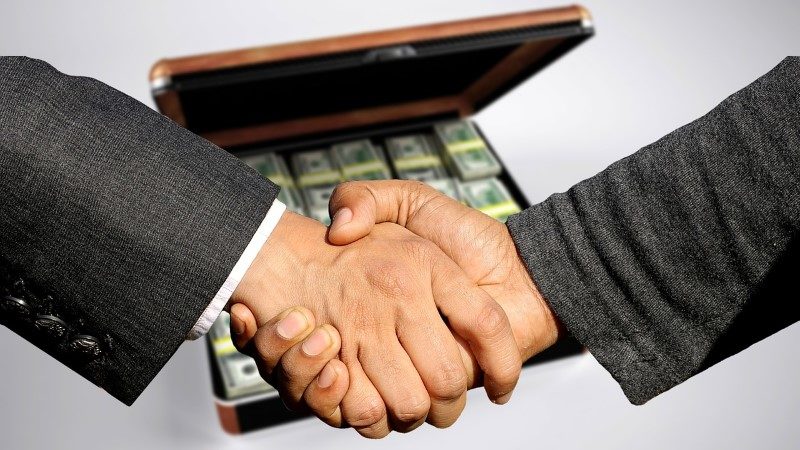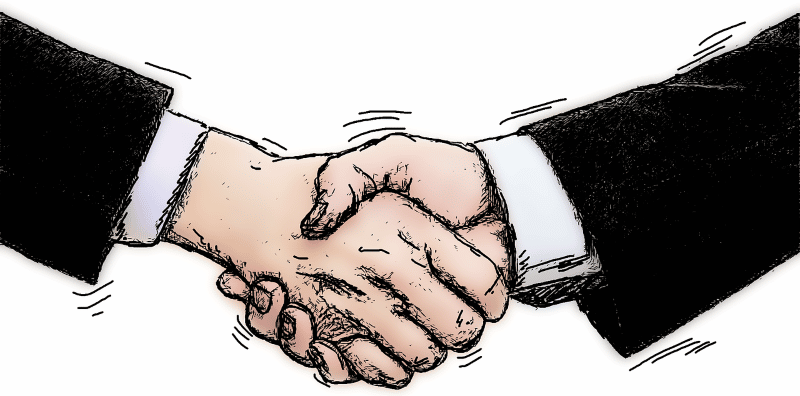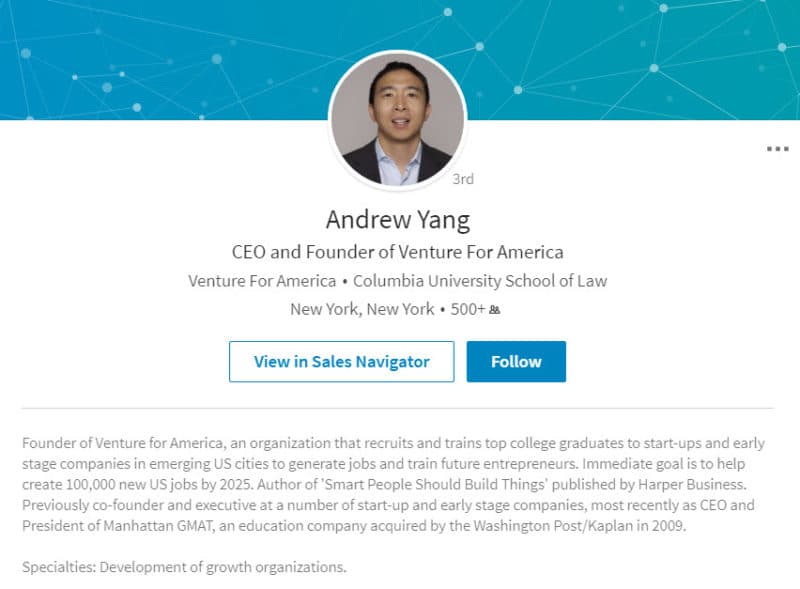Case Study #16: Doubling Down on the Value of You
 In 2011 Dan Bradbury was building a company called Business Growth Systems that taught marketing to small business owners.
In 2011 Dan Bradbury was building a company called Business Growth Systems that taught marketing to small business owners.
They would hold seminars explaining how to build infrastructure to create and track demand for products and services.
Often those seminars served as funnels into individual client work, in which he and his staff served as a hybrid agency, helping these businesses create that infrastructure hands-on.
He was creating a profitable company and experiencing great growth when he had a serious biking accident. The seven months he spent in rehabilitation included re-learning how to use a computer, among many things.
But with all that time he’d spent in traction, he realized two things:
- The company was too dependent upon him.
- He never wanted to put his family in this kind of position again.
So, he set about finding a way to rectify this.
Research
Dan asked a friend who had experience in M&A to take a look at his business to see how sellable it was. The answer, after a cursory examination, was “no chance.” The business was entirely dependent upon Dan and Dan’s friend advised him to acquire a similar competitor and then replace himself. Then the business would be sellable.
Merger
Dan started making the rounds, and many knew that he and his business were “wounded” because of his accident and injury, but he found a fellow owner who was willing to go in on an “option” type deal. Dan would guarantee that upon a sale, this owner would receive at least X. It wasn’t a conventional type of deal, and it very much set the tone for the type of deal they would get in the end.
Leaning in
Dan and his new partner saw that they both had a good income stream relating to an emailing software platform and really started to develop that stream. At the same time, Dan remembered that there was a company that offered a competing platform.
This company had often tried to recruit Dan to leave his business and move to America with his family. In addition, they had been in an aggressive growth phase in the US but didn’t seem to make any headway in the UK (where Dan was based).
While all this time Dan had been working on making his business not reliant on him, at this moment he chose to make a possible deal all about him and the contingent possibilities. He reached out to the US company and basically said, “You can have me and my company. You’ll have an entree into the UK market, and I and my team will help you grow it.” The acquisition was framed less as a financial one and more of a strategic one.
Closing the deal
As the men in suits started doing the math, it became clear that they were interested in how quickly Dan and his team could reconfigure and start selling their software.
If that downtime was low, the acquisition could be accretive, and hence, pay for itself. While Dan assured them this downtime would be low, they wanted to de-risk the deal as well, and the offer was ⅓ cash, ⅓ stock, and ⅓ earnout. The earnout was tied to the number of new customers acquired for their software (and was uncapped).
Dan hesitated. He knew about all the stories around failed earnouts but his WHY? was powerful and at this point, he had no real BATNA (best alternative to a negotiated agreement) and hence didn’t have a strong negotiating position. Alas, with the finish line simply pushed back a bit further, he took the deal.
The story ends happily. Not only did Dan deliver the original amount promised to Nick, his business partner, but Nick made 80% more than that number. They both did have to work harder in order to do that, but that’s always what earnouts are aimed to do…to squeeze that last possible drop of motivation from an owner who very well may be mentally “done.”
Considerations
Never wait for an accident to make your company less dependent on you. Taking the time to do this will benefit you, your family and friends, your employees, and your bottom line.
If a traumatic life event causes you to reconsider everything, remember that going in with an attitude of “I have to sell” weakens your negotiating position, and may force you to take the first offer that comes by (which may not be the best one).
Finally, don’t be afraid to dangle yourself as a possible asset in the sale. Sometimes, given the right alignment of goals, that’s exactly what a buyer might want to hear.
Remember to speak with an Apex Business Advisor for assistance in preparing your business for sale. We know the right people to help you systematize and add even more value to what you’re already doing.

 In 1992 Doug Chapiewsky started CenterPoint Solutions, Inc. He’d spent time at Bell Labs helping to develop what would become the call center model.
In 1992 Doug Chapiewsky started CenterPoint Solutions, Inc. He’d spent time at Bell Labs helping to develop what would become the call center model.  In 2006 when Claude Theoret began building elements of the company which would later become Nexalogy, the term “big data” didn’t even exist. It was just called data mining.
In 2006 when Claude Theoret began building elements of the company which would later become Nexalogy, the term “big data” didn’t even exist. It was just called data mining.  Mark Carlson bought Minnesota Mailing Solutions in 1998 for around $1M and grew the business over 10 years, eventually selling it for $4.5M.
Mark Carlson bought Minnesota Mailing Solutions in 1998 for around $1M and grew the business over 10 years, eventually selling it for $4.5M.  In 1993 Dennis Hart founded Apex Media Sales (what a great name!). Apex focused on long-form direct response television advertising, in the specific categories of religious and infomercial advertising.
In 1993 Dennis Hart founded Apex Media Sales (what a great name!). Apex focused on long-form direct response television advertising, in the specific categories of religious and infomercial advertising. Before Jeff Hoffman became a cofounder of the Priceline group of companies, he built Competitive Technologies, which was one of the first business intelligence companies in travel. He’d had a suite of products that would help companies manage and reduce travel expenses.
Before Jeff Hoffman became a cofounder of the Priceline group of companies, he built Competitive Technologies, which was one of the first business intelligence companies in travel. He’d had a suite of products that would help companies manage and reduce travel expenses.  Alexis Neely went into law to “save” her dad, who had started out wanting to be an entrepreneur, but ended up as a bit of a con artist.
Alexis Neely went into law to “save” her dad, who had started out wanting to be an entrepreneur, but ended up as a bit of a con artist.  John Bowen was the CEO of Reinhardt Werba Bowen (RWB), a financial services company that was acquired by Assante Capital in 1998 for $25M.
John Bowen was the CEO of Reinhardt Werba Bowen (RWB), a financial services company that was acquired by Assante Capital in 1998 for $25M. Phil had a regular 9-5 job at the time and worked nights and weekends to build a “closed door” pharmacy (one that wasn’t open to the public) that could fulfill the mail order clients.
Phil had a regular 9-5 job at the time and worked nights and weekends to build a “closed door” pharmacy (one that wasn’t open to the public) that could fulfill the mail order clients.
